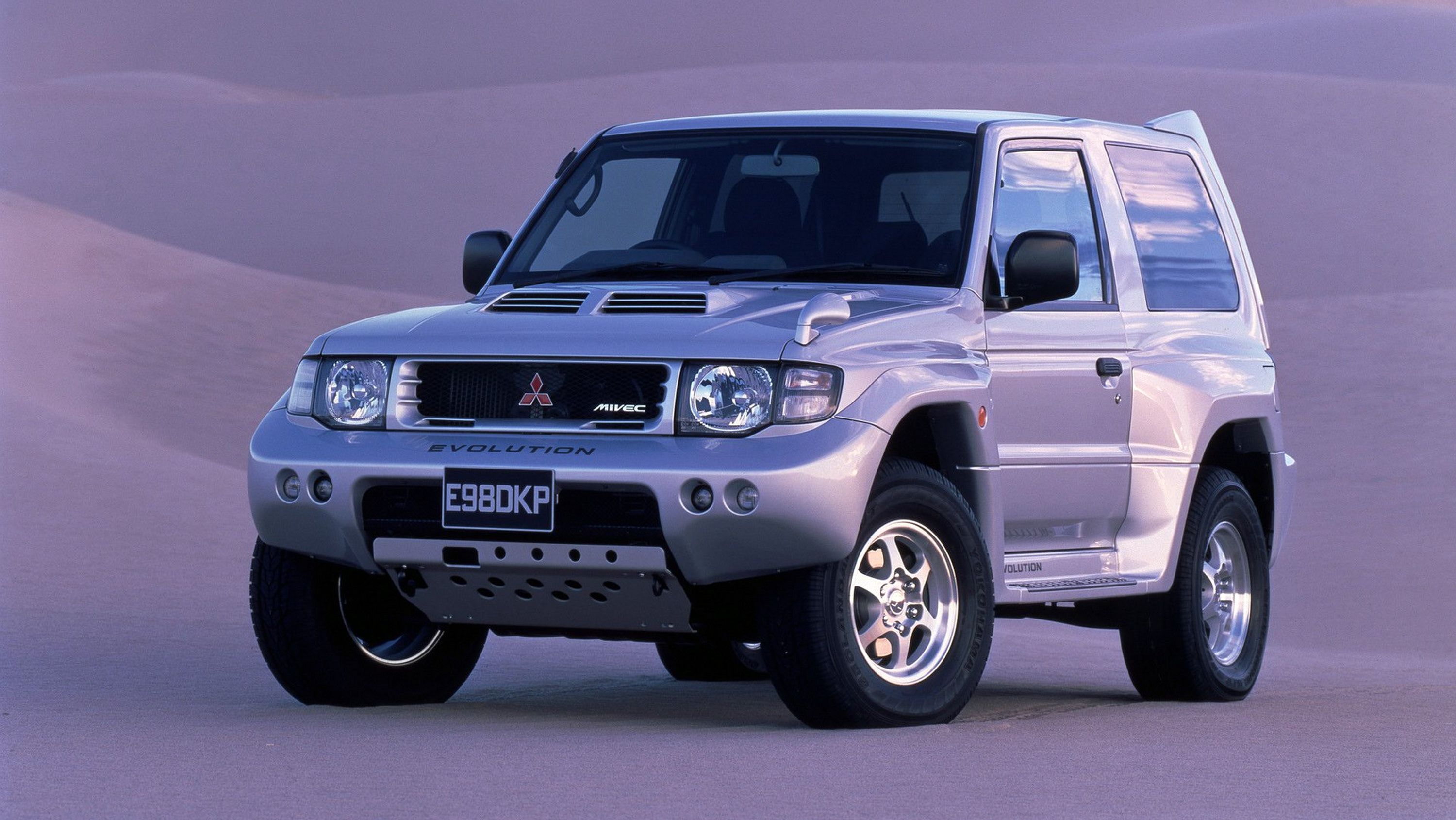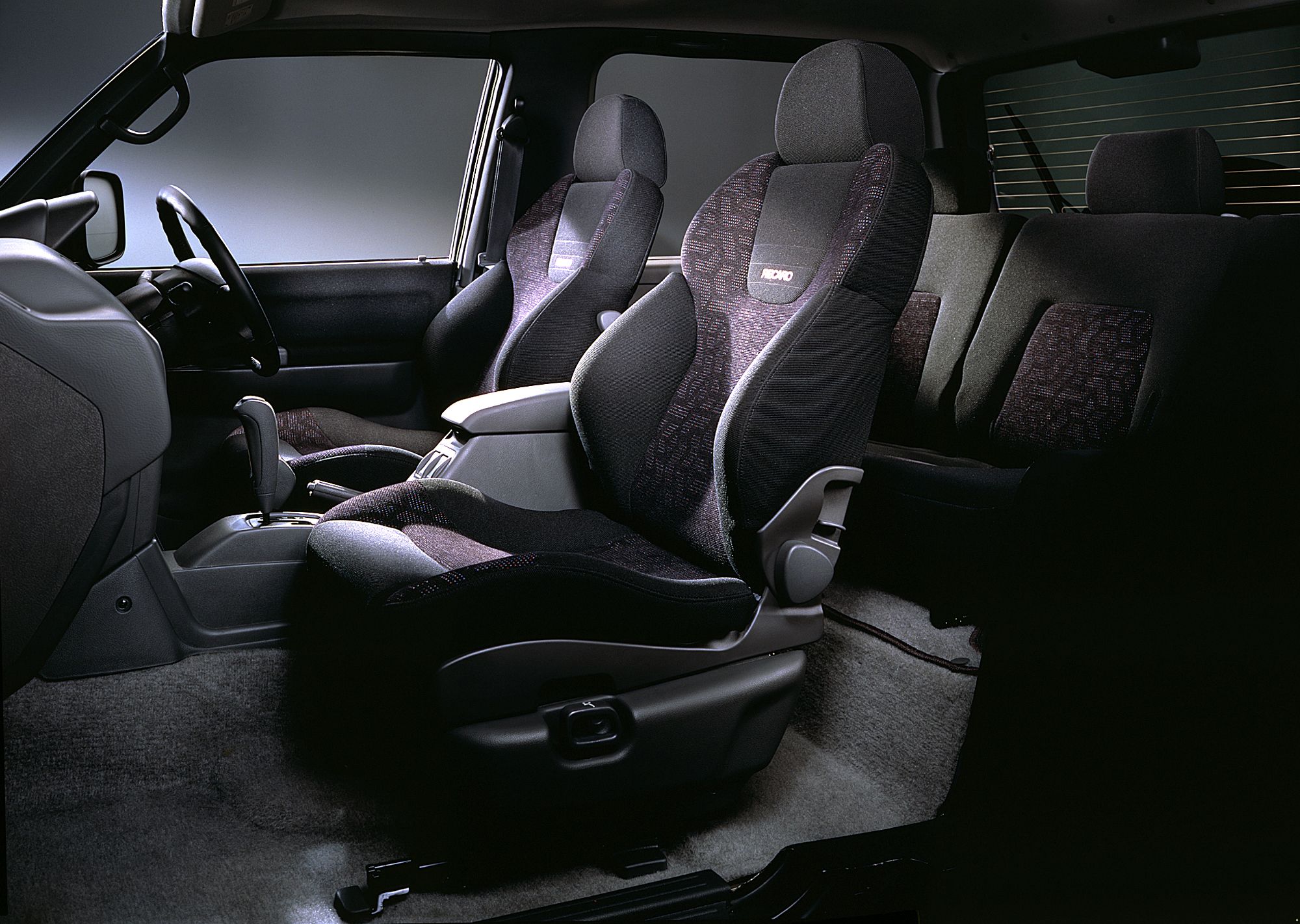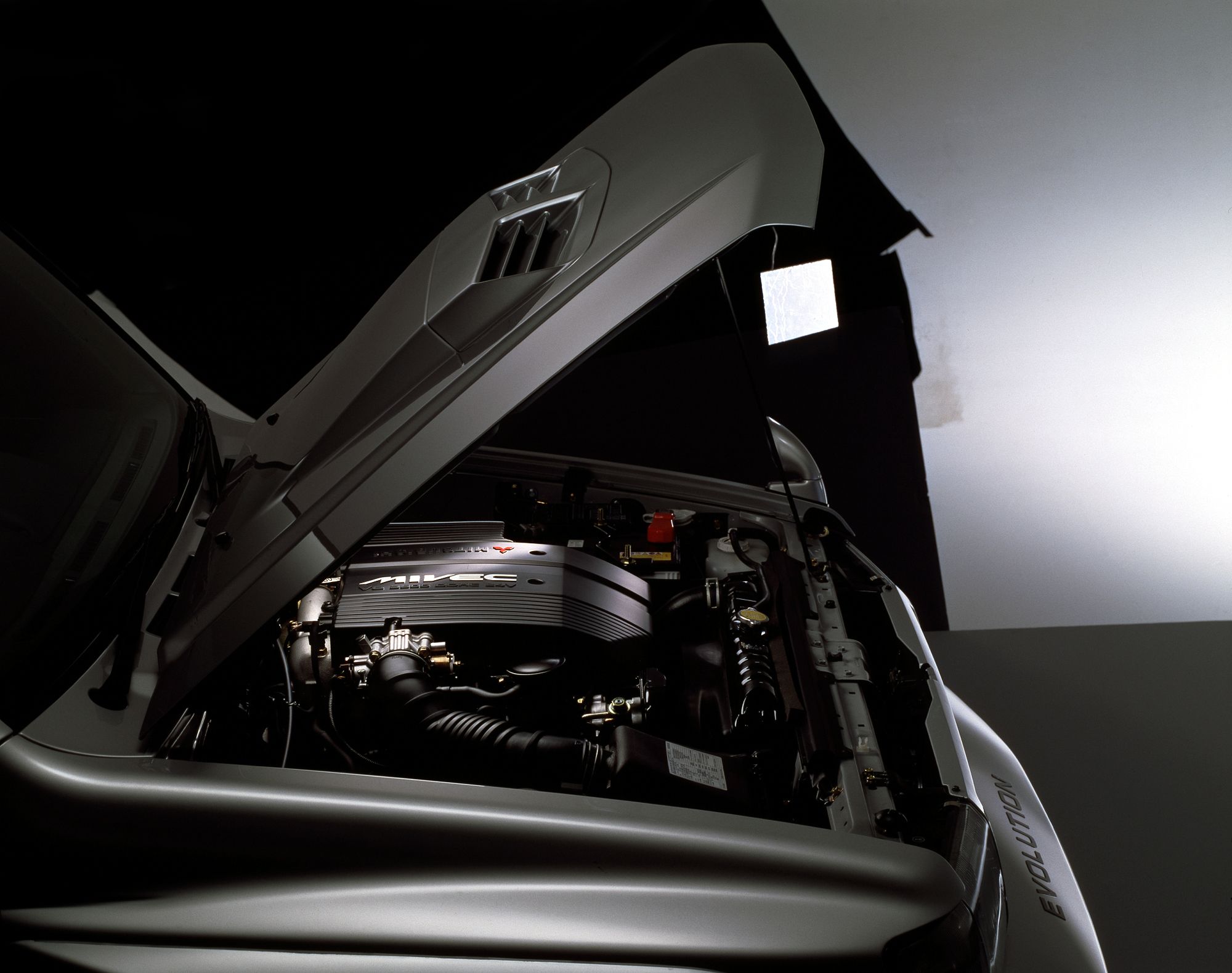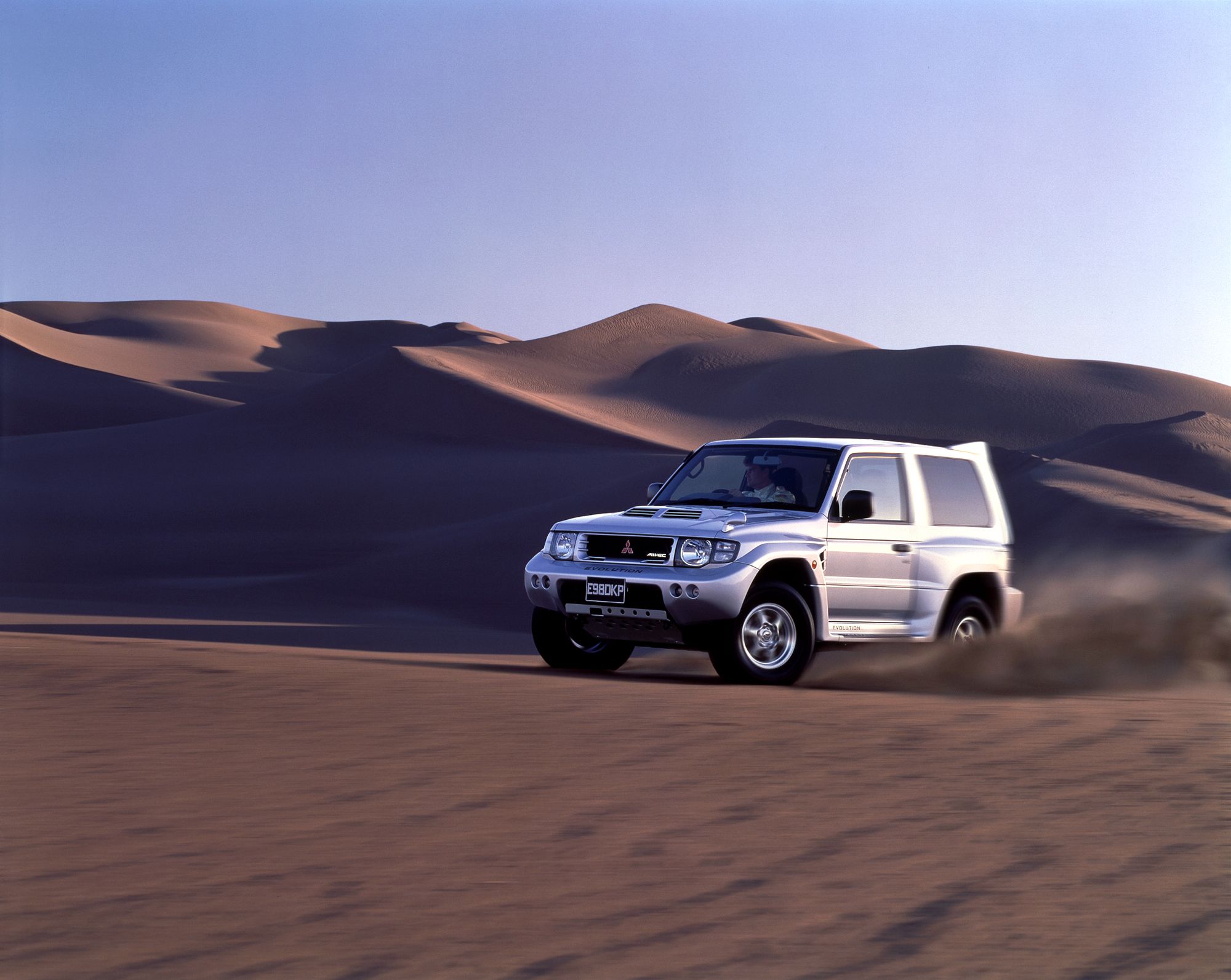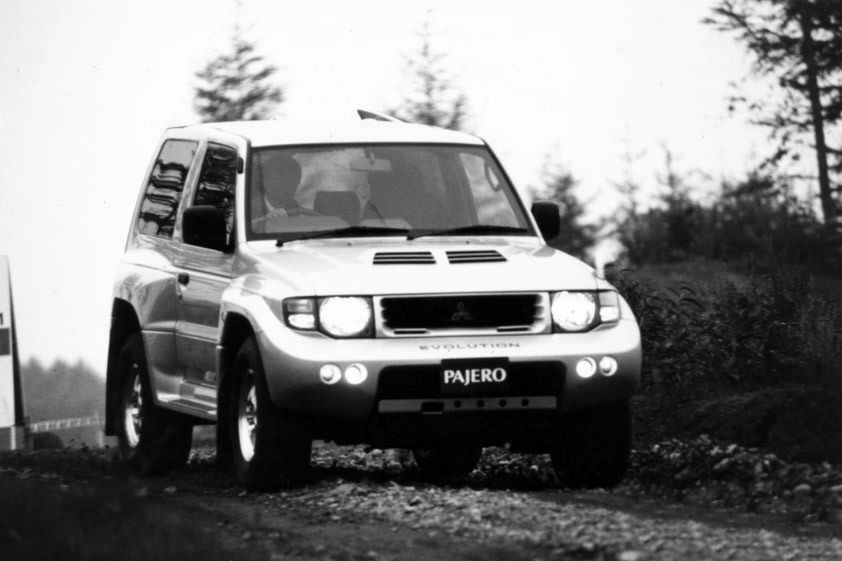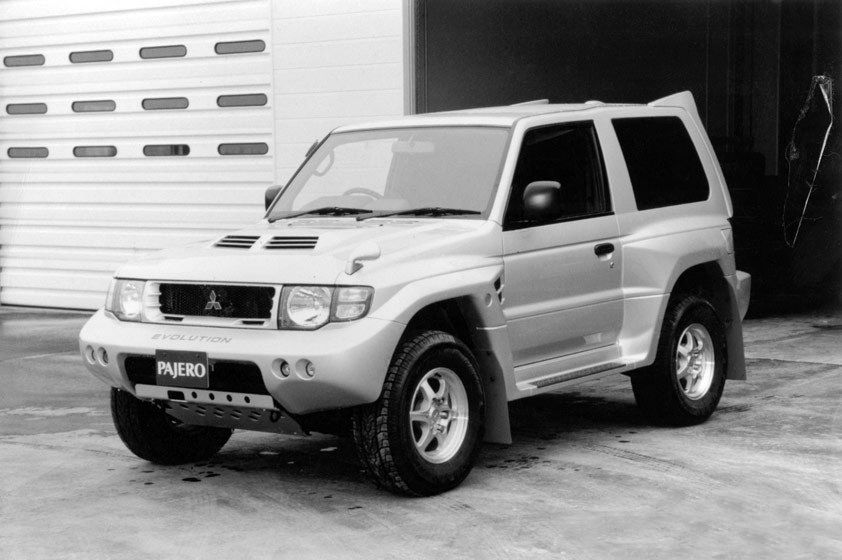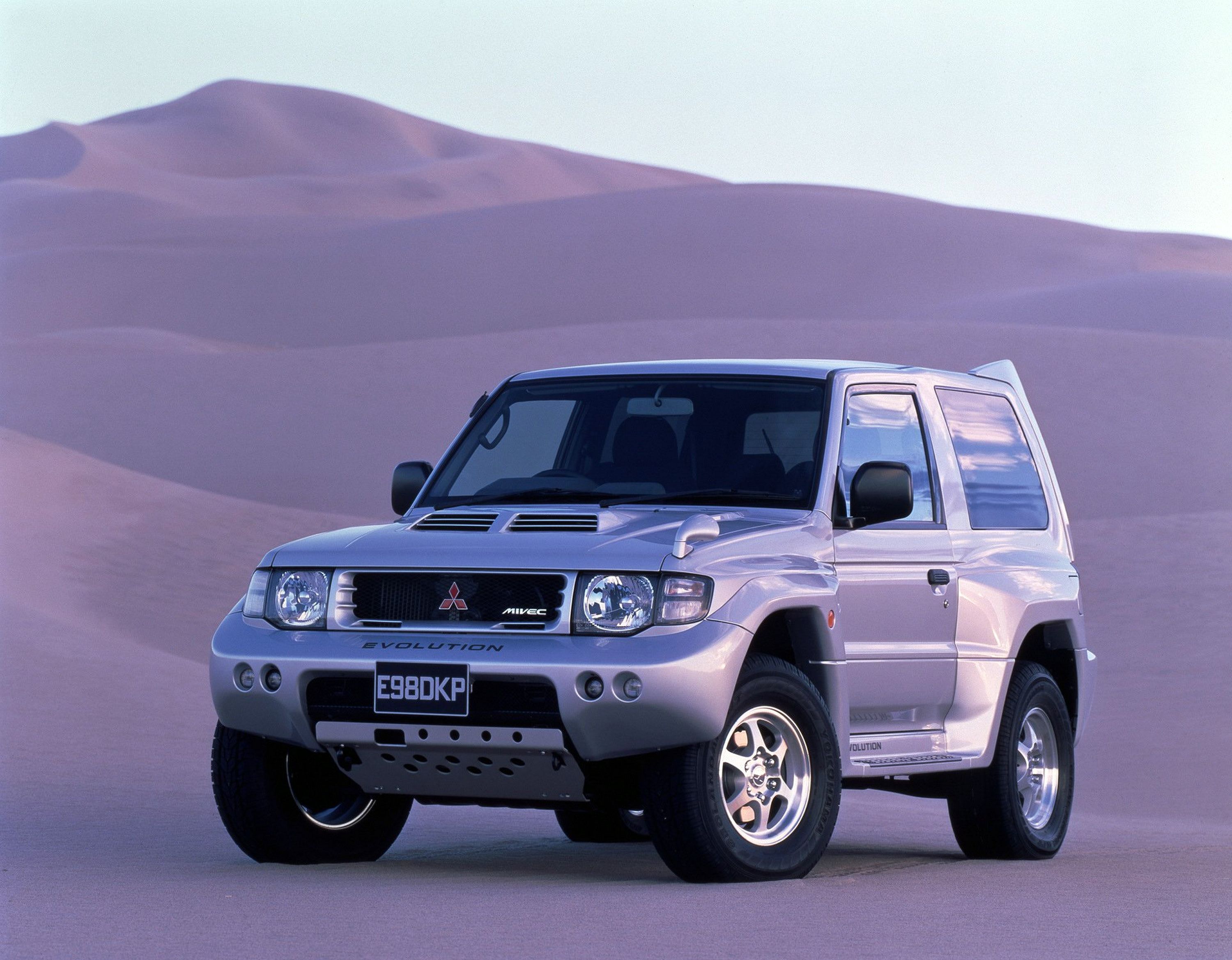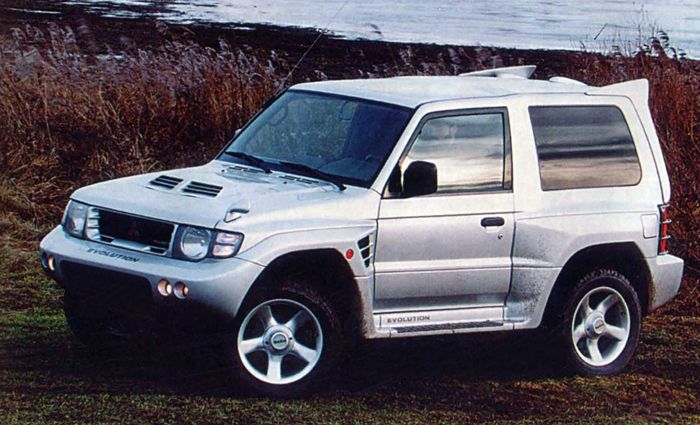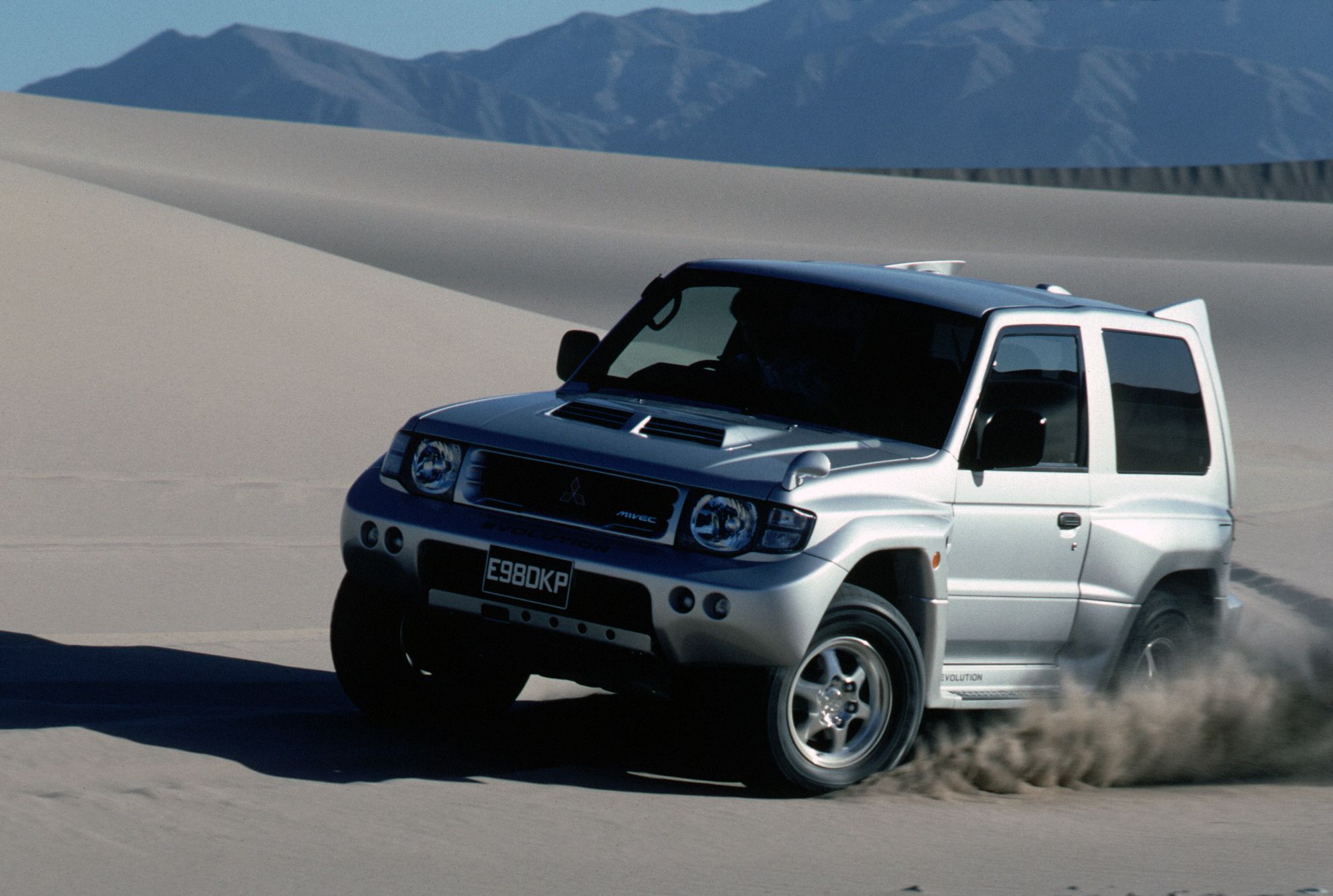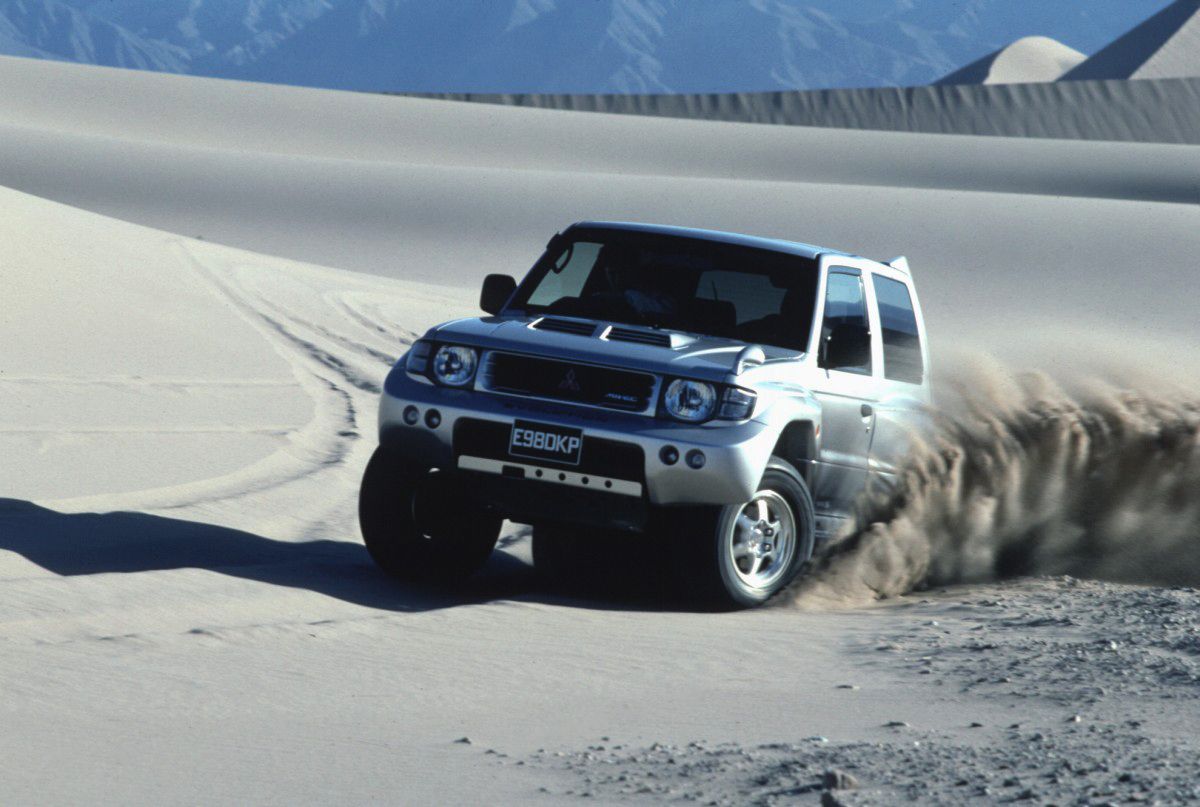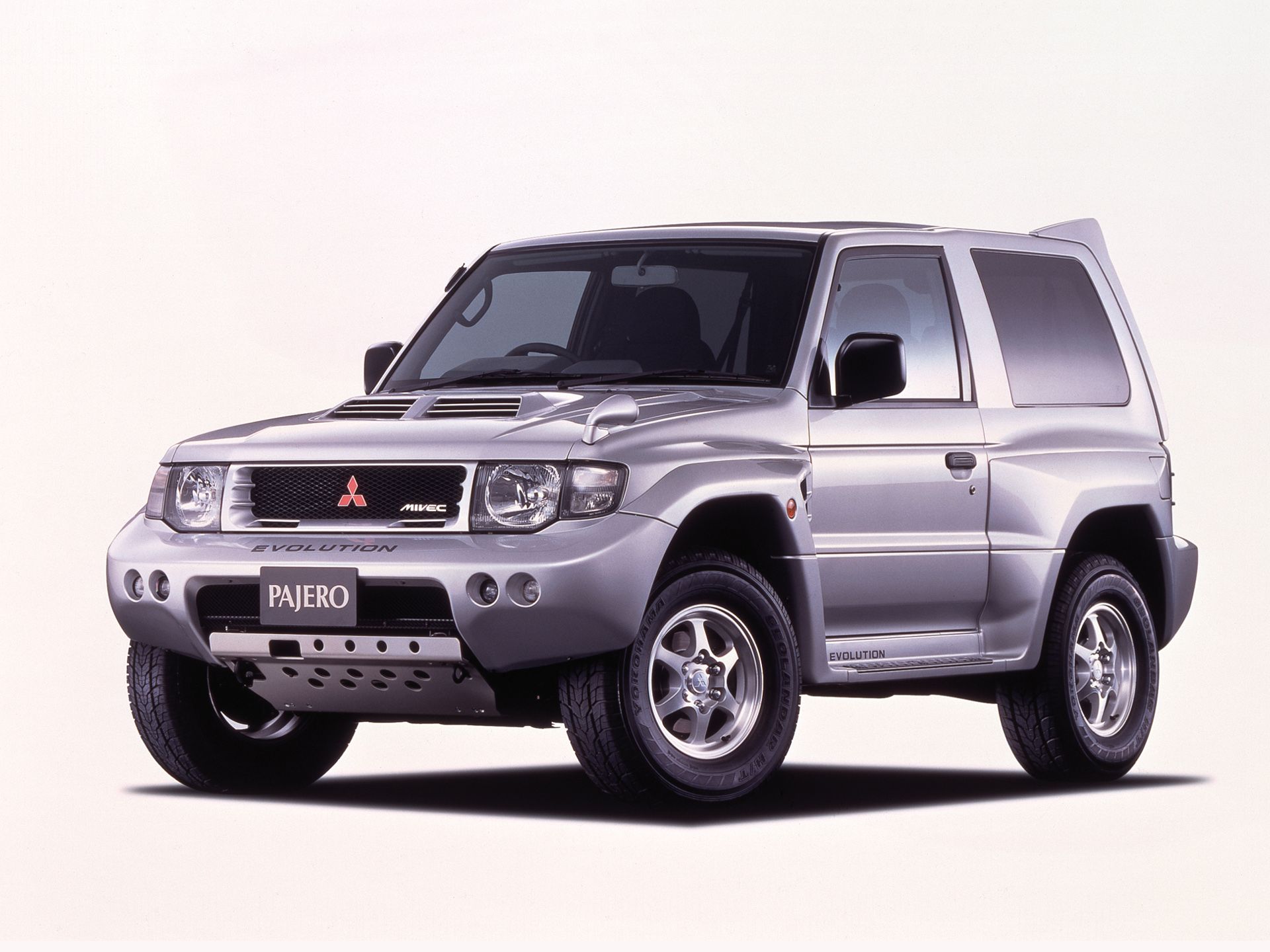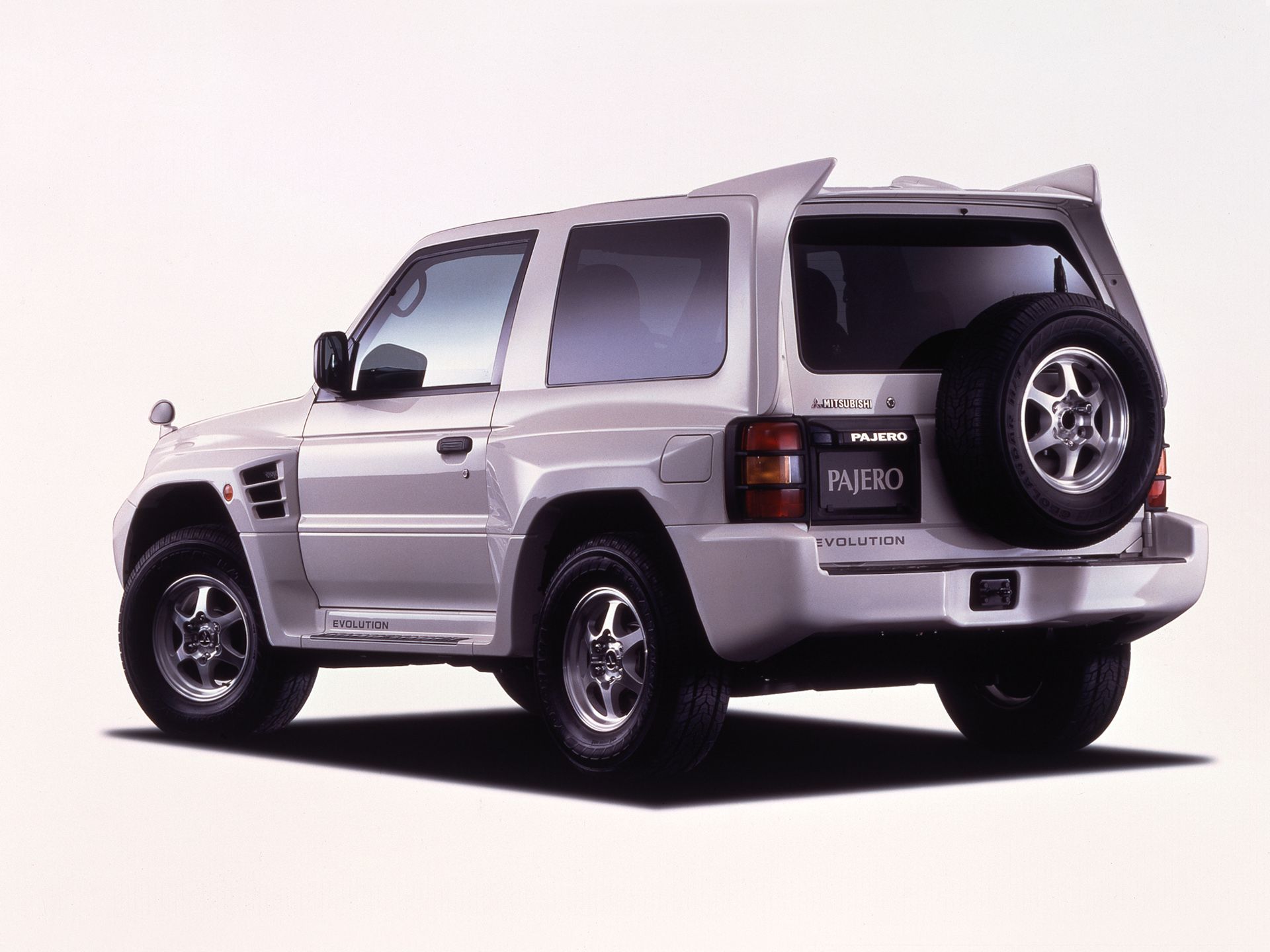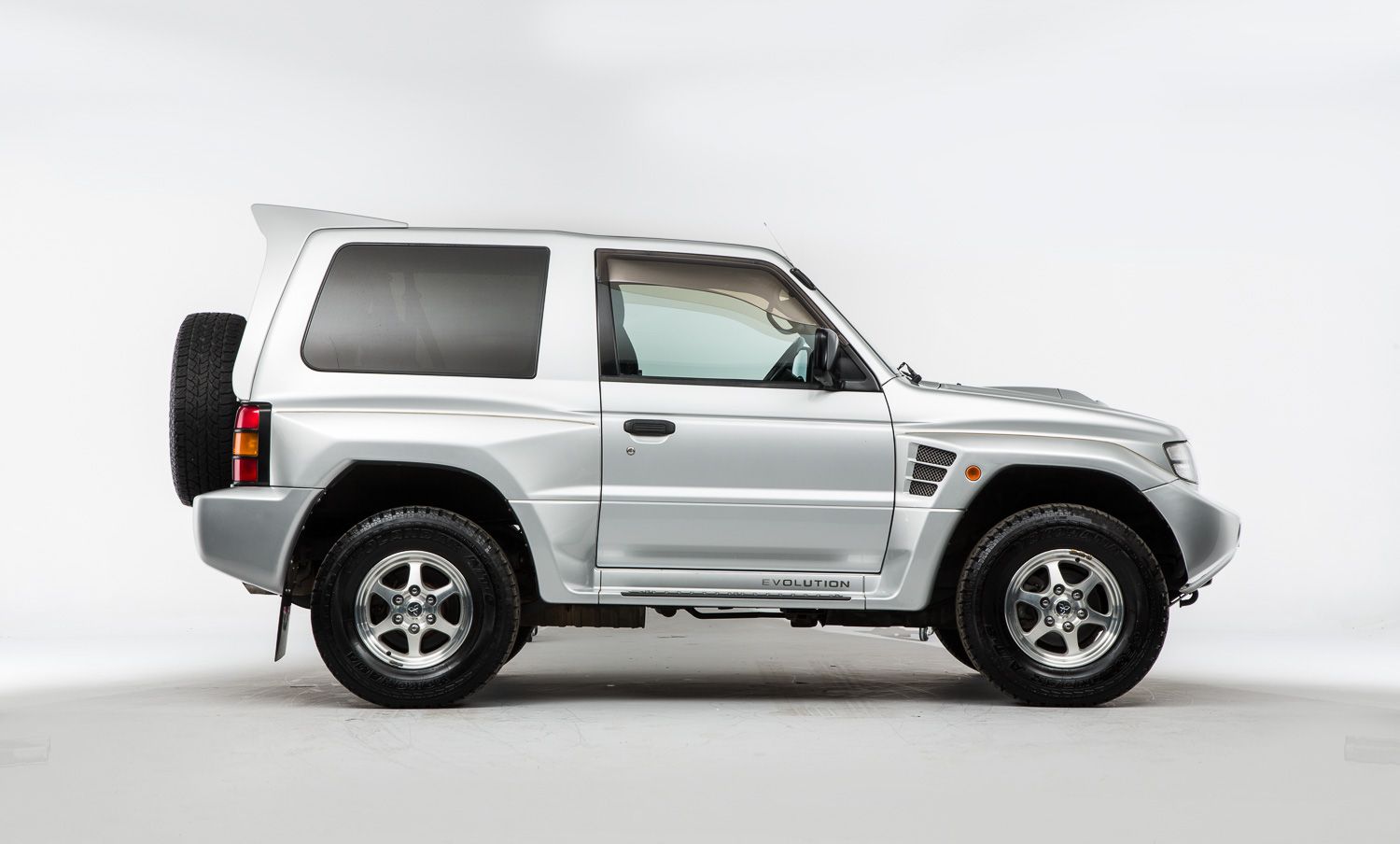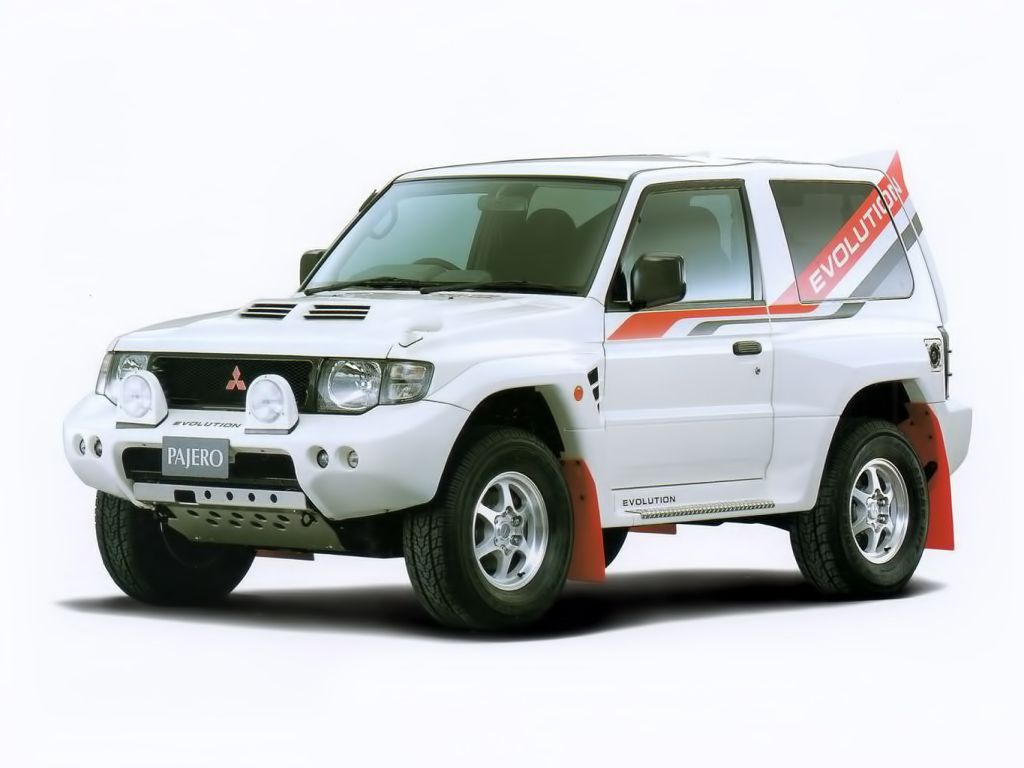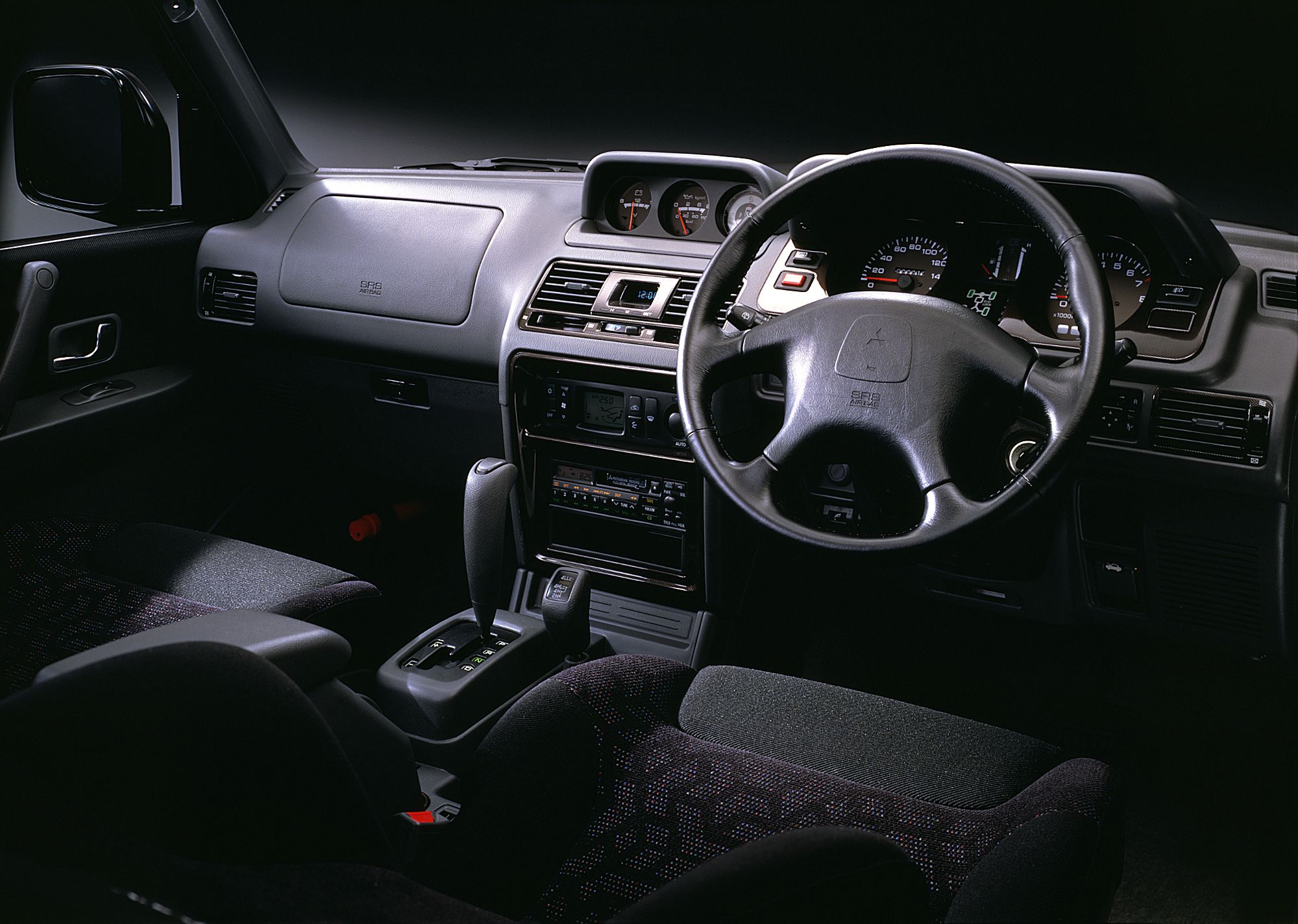It’s no secret that Mitsubishi is a pale shadow of its former self. Having numerous successes in rallying, the brand has switched to making bland, cheaply-made crossovers and compact cars. Although Mitsubishi currently finds itself in a state of survival (they put the Eclipse name on a crossover), things were quite different in the 1990s. Not long ago, we talked about the 2006 Mitsubishi Eclipse Ralliart, which was essentially the two-door “EVO” everyone wanted but never got. But long before it, there was this – the short-wheelbase-only Mitsubishi Pajero Evolution. And there’s a lot to say about it.
1997 Mitsubishi Pajero Evolution - An Unappreciated Dakar Raider
- Make: Array
- Model: 1997 Mitsubishi Pajero Evolution - An Unappreciated Dakar Raider
- [do not use] Vehicle Model: Array
This isnât just an SUV modified to go racing. On the off-chance that you donât know, in the past, a car needed to be homologated in order to participate in motorsports. For this to happen, a certain number of road-going cars needed to be built and sold to the public.
The Evolutionâs main goal was to allow Mitsubishi to enter the rally raids with the end goal being to dominate the Rally Dakar. It was based on the second-generation Mitsubishi Pajero and was built from 1997 to 1999. A total of 2,500 Pajero âEVOâ were made.
Performance & Drivetrain
While the normal second-generation Pajero was a famously sturdy SUV, it was powered by a variety of not particularly impressive inline-four and V-6 engines. The top of the line 3.5-liter GDI V-6 produced 245 horsepower and 253 pound-feet (343 Nm), which brought the 0 to 60 mph (97 km/h) time down to 9.5 seconds.
The Pajero Evolution was even more powerful. It had a beefed-up version of the 6G74 3.5-liter DOHC V-6, which had MiVEC, dual plenum variable intake, and Gasoline Direct Injection (GDI). Power was now 276 horsepower at (206 kilowatts) 6,500 RPM and 256 pound-feet (347 Nm). The unit was mated to a modified five-speed automatic that had a sport mode (manual shifting). Through locking differentials, power could be sent to the rear or all four wheels.
Actually, that 276-horsepower figure we mentioned was due to the infamous Japanese "Gentleman's agreement". Many claimed an actual horsepower figure of around 300.
The Pajero Evolution also received a bespoke multi-link independent long-travel rear suspension and the front now featured coil wishbones. A reinforced frame, skid plates, and mudflaps ensured the carâs survivability even in the harshest of terrains.
Thanks to the central locking differential, the 4WD system gave you a choice between 2Hi, 4Hi, 4Lo. It also gave you front and rear Torsen limited-slip differentials.
Moreover, you could switch between 2WD and 4WD on the go at speeds of up to 62 mph (100 km/h). Naturally, performance was rather impressive, with a 7.6-second sprint to 60 mph (97 km/h) and a top speed of 130 mph (210 km/h).
Mitsubishi Pajero Evolution specifications
|
Engine |
3.5-liter GDI V-6 |
|---|---|
|
Power |
276 HP @ 6,500 RPM |
|
Torque |
256 LB-FT |
|
Transmission |
five-speed automatic |
|
0 to 60 mph |
7.6 seconds |
|
Top Speed |
130 mph |
Exterior
Although the Pajero Evolution was still undeniably a second-generation Mitsubishi Pajero, plenty of changes were made to let you know this isnât your regular short-wheelbase SUV. The front got a bespoke bumper, which incorporated dual fog lights on each side and allowed for increased approach angle, while the front hood now featured a large dual hood scoop for better cooling.
Interior
Among the key differences in the interior are the new Recaro seats, which provide great side-bolstering. Other than that, itâs your typical second-generation Pajero interior.
Can I buy one now?
If you find one for sale and have the money, yes. In fact, you may be surprised how affordable they are, despite their limited numbers. Just two weeks before this article was being written, a 1997 Mitsubishi Pajero Evolution, with 87,792 miles (141,287 km) was sold for just £15,000, after 24 bids.
The lowest sale was at just $9,915, while pristine ones can go for around $60,000. Regardless of the example, these SUVs are as rugged as the Dakar-winning version, so even those with higher mileage are expected to last a long time.
Actually, according to the auction site, the recently sold Pajero Evolution was only sold because the owner didn't have enough storage space.
How it went down in history
The Mitsubishi Pajero Evolution is by no means a mass-produced car. With that being said, performance SUVs rarely (if ever) get the same amount of praise as other performance vehicles, like the BMW E30 M3 or the Porsche 911 2.7 Carrera RS, Nissan Skyline GTR, and others. This is the main reason why this small, rugged SUV is largely forgotten. On the plus side, you can still get them cheap and youâll be able to enjoy a performance machine thatâs just as rugged as the competition version.
Moreover, despite Mitsubishiâs current situation, they are still the carmaker with the most Dakar wins. Since 1985, Mitsubishi Pajero has racked 12 Dakar wins in total â a record it still holds.

